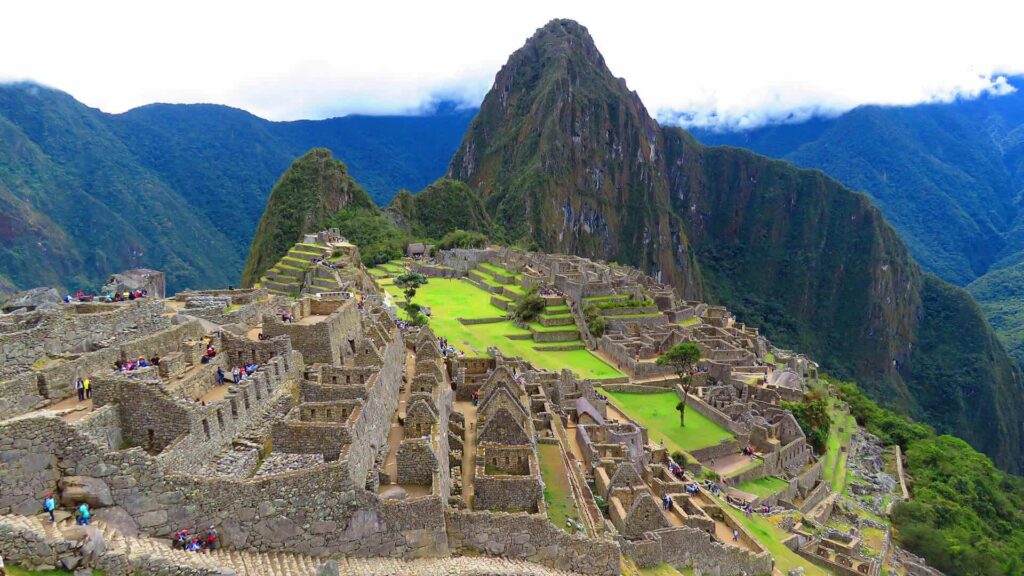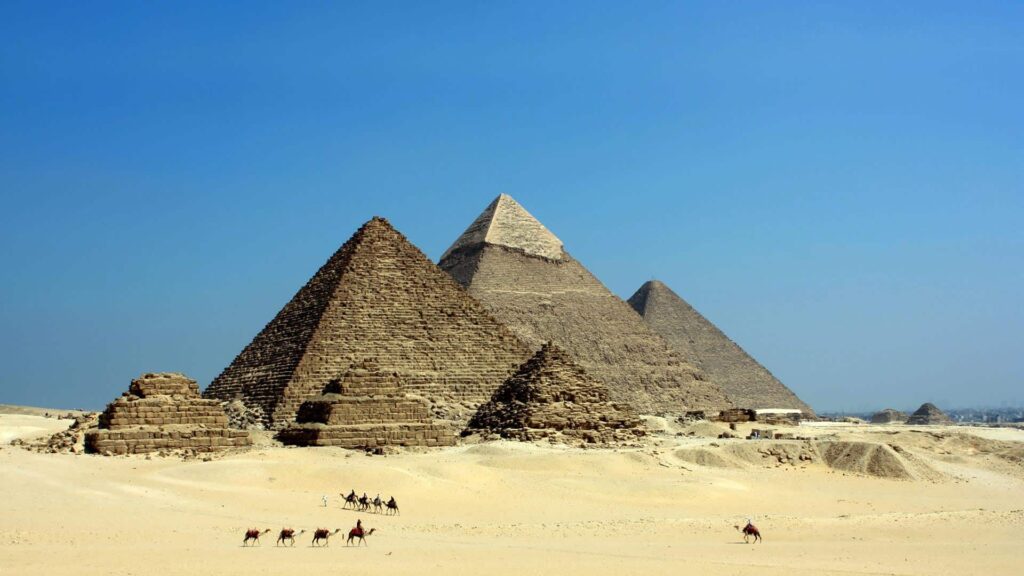The Brihadeeswara Temple, also known as the Big Temple, is an ancient Hindu temple located in the city of Thanjavur in the southern Indian state of Tamil Nadu. Built during the Chola dynasty in the 11th century, it is one of the largest and most magnificent temples in India, and is renowned for its impressive architecture and intricate carvings.
The temple is dedicated to Lord Shiva and features a towering gopuram (temple tower) that stands at a height of over 66 meters, making it one of the tallest temple towers in India. The gopuram is adorned with elaborate carvings and sculptures that depict scenes from Hindu mythology.
One of the most striking features of the temple is the massive dome-shaped structure that sits atop the gopuram. Made of a single piece of granite that weighs over 80 tons, it is believed to have been hoisted into place using a system of ropes and pulleys.
Inside the temple complex, there are several smaller shrines and mandapams (pavilions) that are also adorned with intricate carvings and sculptures. The main sanctum of the temple houses a massive lingam, which is considered to be a representation of Lord Shiva.
The Brihadeeswara Temple is a UNESCO World Heritage site and remains an important pilgrimage destination for Hindus, attracting thousands of visitors each year. Its stunning architecture and rich history make it a must-visit destination for anyone interested in India’s cultural heritage.
One of the most popular myths associated with the Brihadeeswara Temple in Tamil Nadu is the legend of its construction. According to the myth, the temple was built by Raja Raja Chola, a powerful king of the Chola dynasty, who had a dream in which Lord Shiva instructed him to build a grand temple in his honor.
The king, inspired by the dream, commissioned the temple’s construction and appointed a team of skilled architects and artisans to carry out the project. However, the architects soon realized that the temple’s massive dome would collapse unless it was supported by a central pillar. The king refused to compromise on the temple’s design and ordered the architects to find a solution.
As the deadline for the temple’s completion drew near, the architects were at a loss for a solution. However, an old man arrived on the scene and offered a solution to the problem. He suggested that they place a ring of nails around the base of the dome and fill it with molten lead. The lead would cool and solidify, providing the necessary support for the dome.
The architects followed the old man’s instructions, and the temple’s construction was completed successfully. However, when the king asked the architects to find and reward the old man, he had disappeared, leaving behind only his walking stick.
This legend has become an important part of the temple’s folklore and is often retold by locals and tourists alike. It is a testament to the temple’s grandeur and the skill and ingenuity of the artisans who built it.


